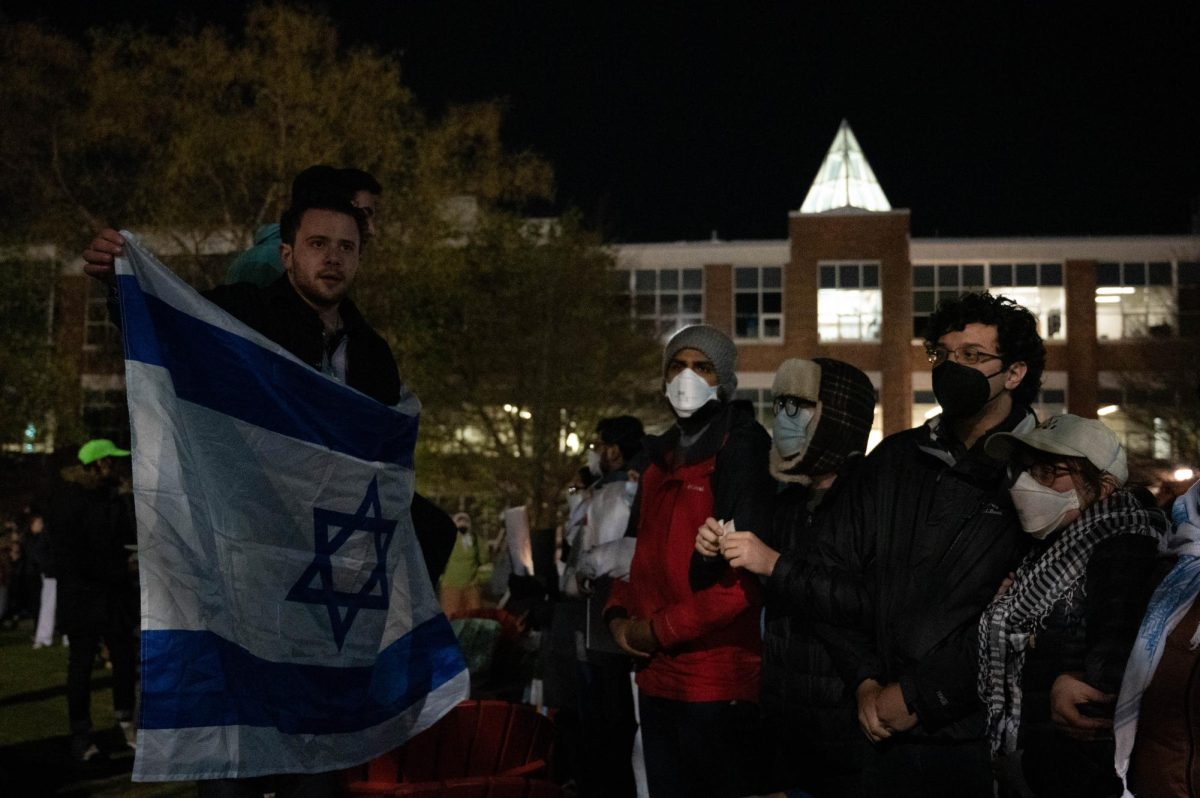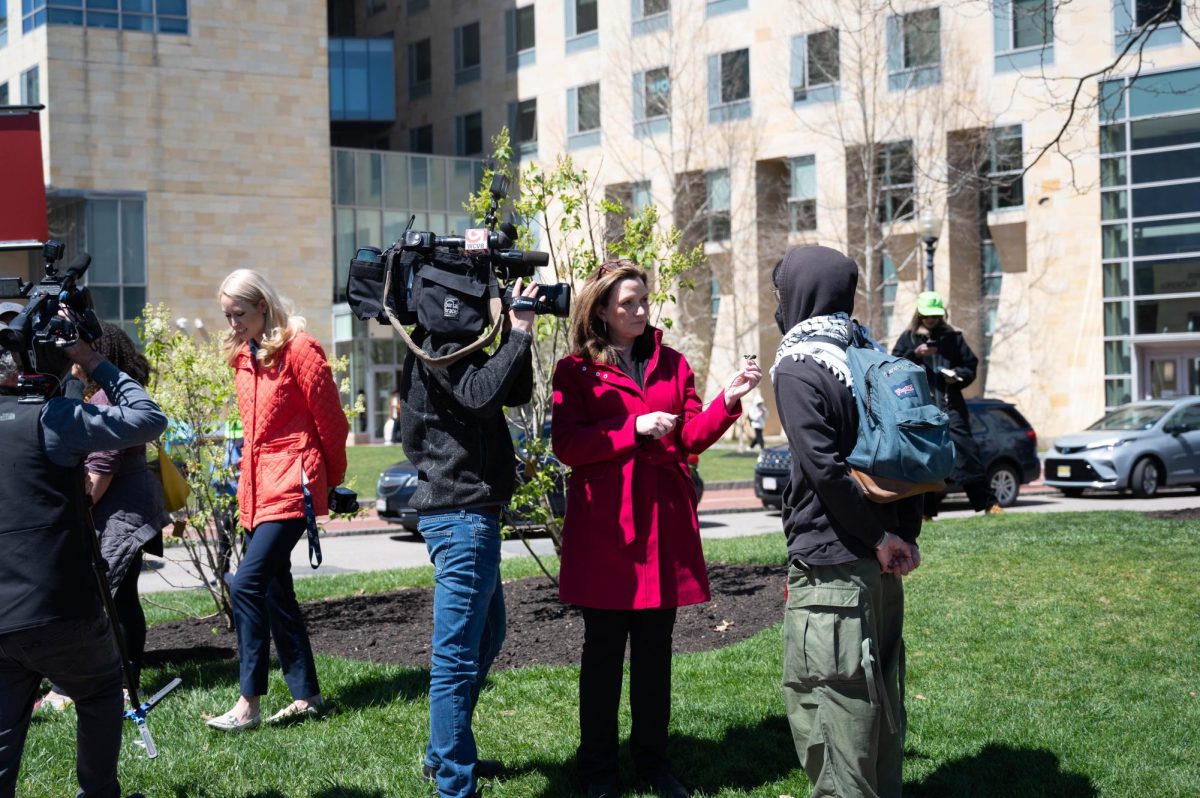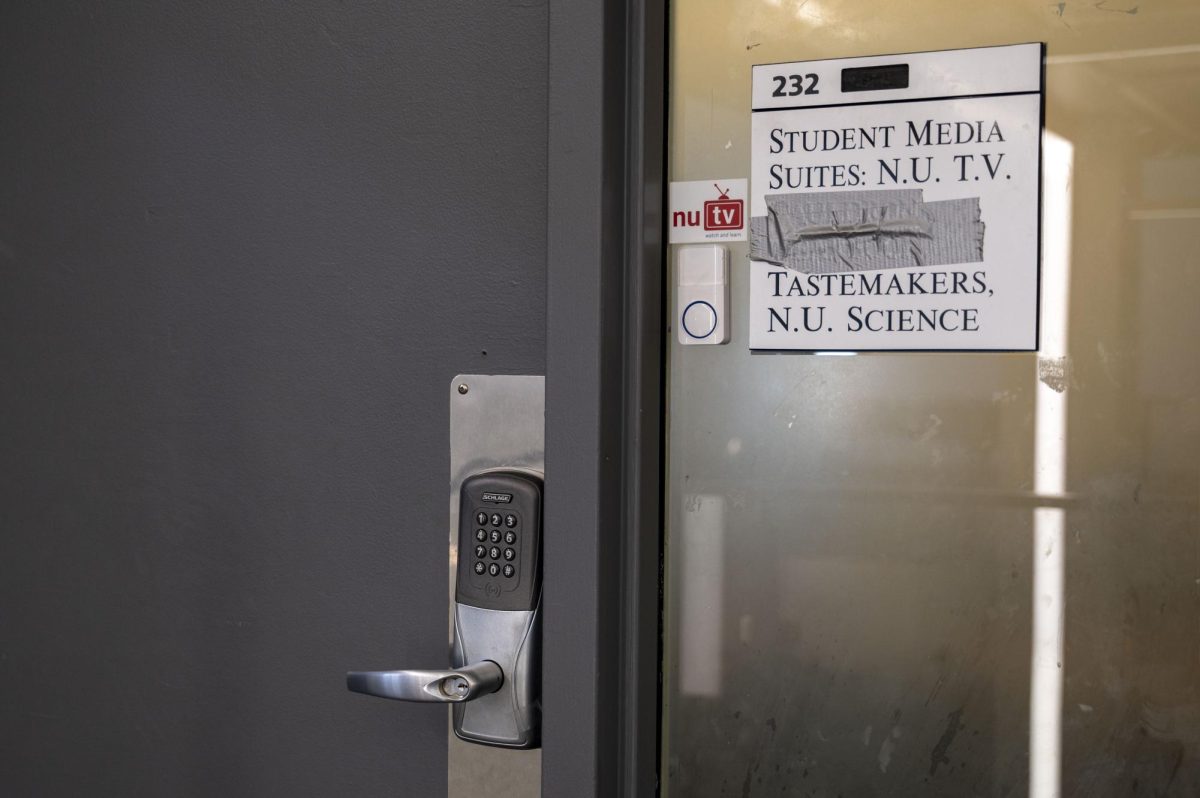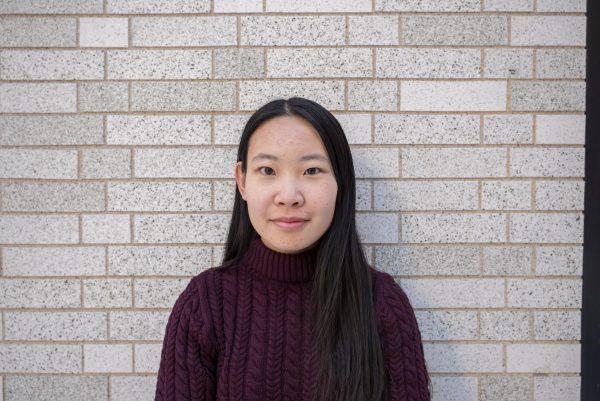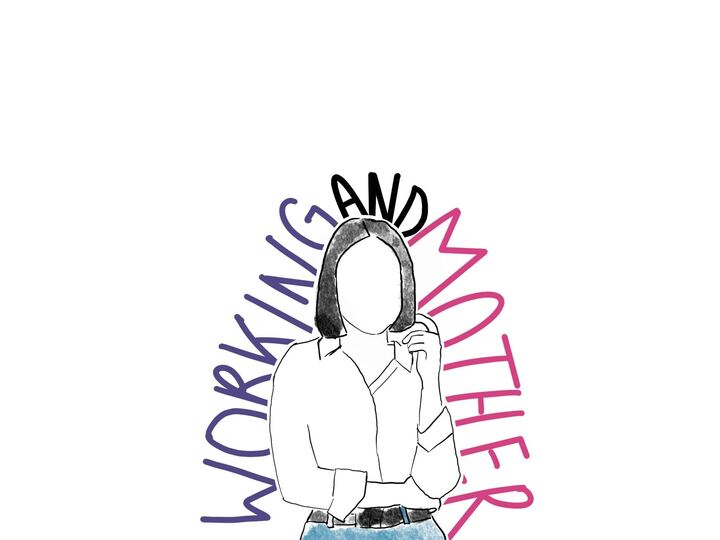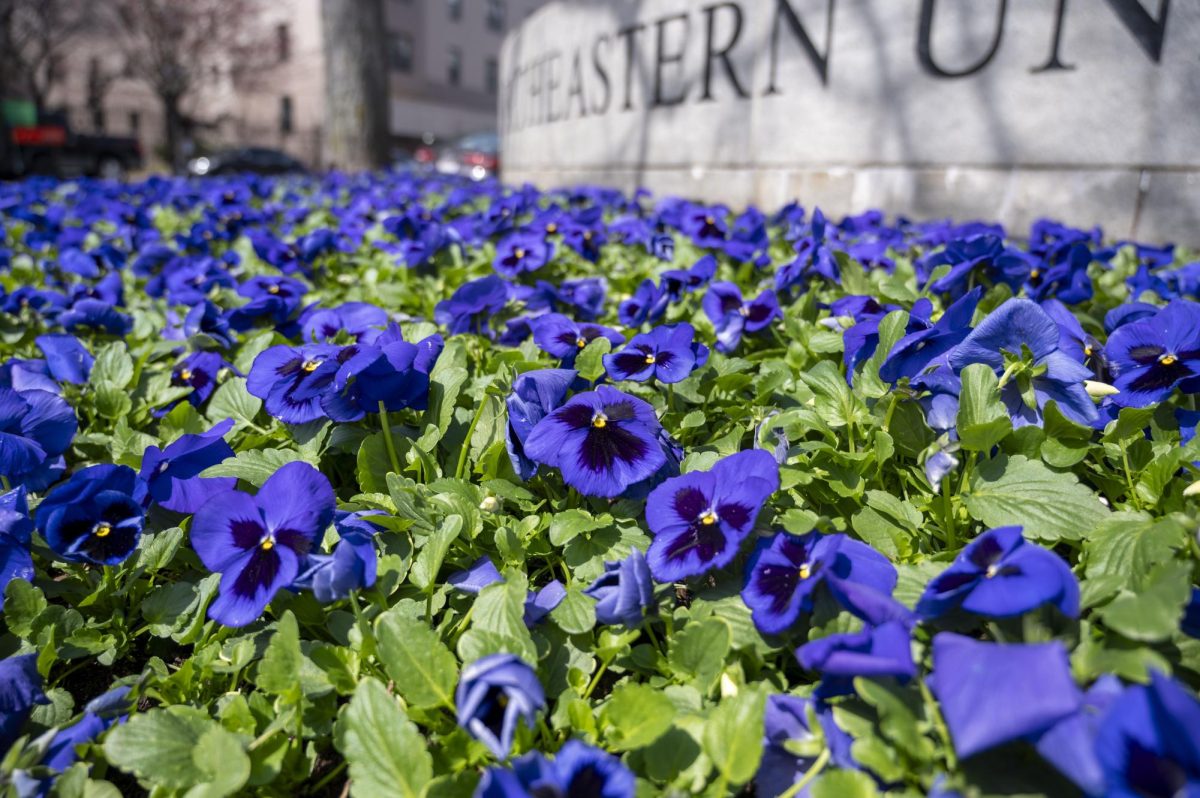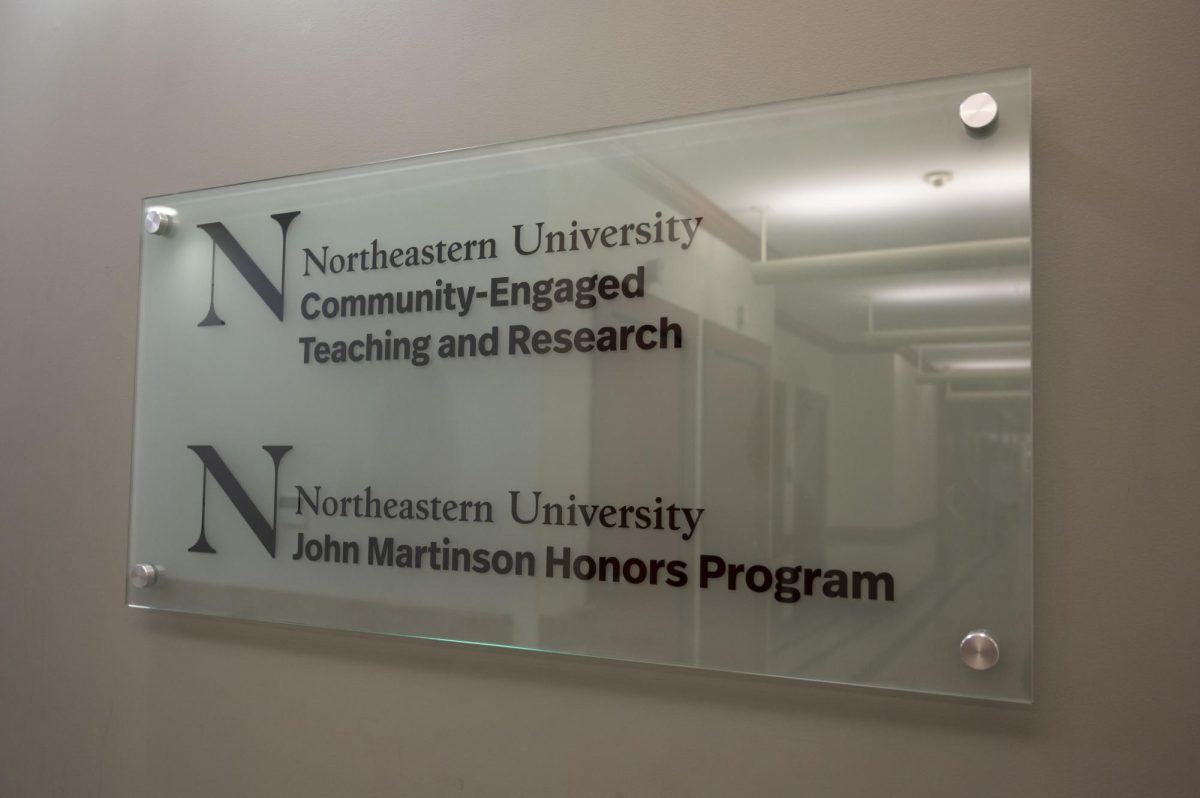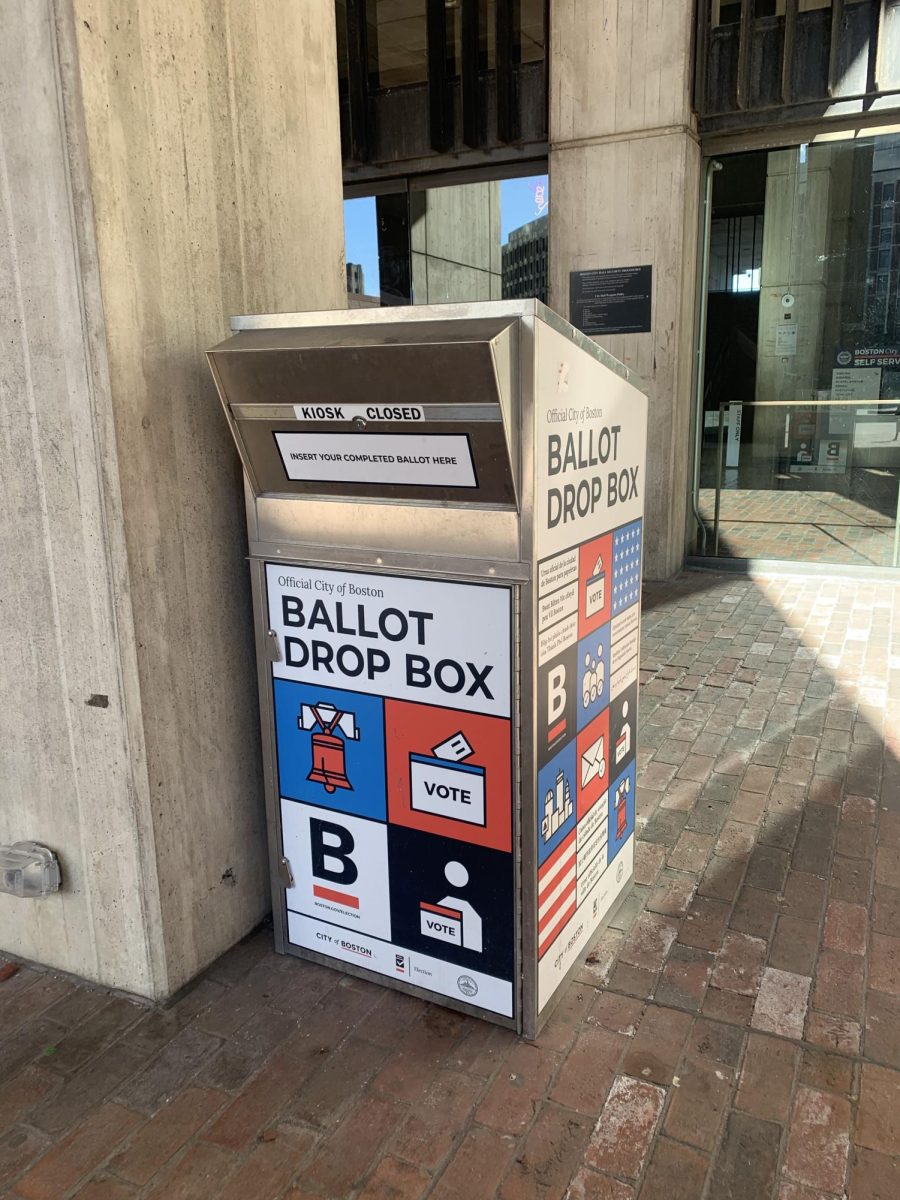When I first got the text Jan. 22 that NU Sci, Northeastern’s only student-run science magazine, would lose the office space in Curry Student Center it’s had for over 10 years, I felt conflicted. I recognized that Northeastern’s plan to replace some of the last remaining club offices with a bookable event space is a step forward toward equity between clubs — only a handful of the university’s clubs had actual offices. At the same time, I mourned the loss of a hard-to-come-by, intimate community space that was truly a home for the people in our club.
NU Sci has not made a statement on the decision, and while I serve as editor-in-chief of the publication, I write as a student affected by the choice. Our clubs were not consulted in the development of future plans for the space or our own future accommodations until after the decision was made. The university missed an opportunity to get direct input from the students it aimed to serve. I hope that as we continue to strive toward equity between clubs, administration can work transparently with student organizations to develop solutions that recognize the incredible value these offices created.
With storage solutions readily available and an existing system for booking meeting spaces, this loss isn’t simply about logistics; it’s about the emotional and social value that our office space held to us. NU Sci issues dating back to 2009 lined the walls of our side of the joint office with Tastemakers Magazine. Posters were stuffed in every random corner, and a mysterious action figure hung from the ceiling. Our office suite was complete with a shared meeting room with NU Live Music Association, NUTV and a random assortment of props associated with NUTV’s latest projects.
It was where friendships within and between the clubs grew. It was a space I could pop into at almost any point in the day and find at least one other club member already there, ready to work together, talk about science communication or share the latest celebrity gossip. In that office, we built a deep and intimate community centered around a shared passion.
In a world that is increasingly moving toward isolation, community spaces like these are essential for finding meaningful connections. A Gallup poll found that over one-quarter of Americans ages 19-29 feel at least fairly lonely — a higher fraction than any other age group. The rising number of Americans experiencing loneliness and its associated negative health consequences prompted the U.S. surgeon general to declare loneliness as an epidemic in 2023.
On college campuses, clubs and other extracurriculars play an essential role in making friends, especially for first-years thrown into a new city for the first time while knowing virtually no one. In a survey of 3,000 college students conducted by Inside Higher Ed, students who spent at least 11 hours a week participating in extracurriculars were 24% more likely to find it easy to meet new people and make friends than students who didn’t participate at all.
Intimate community spaces are essential for building these relationships. Yet, as Northeastern’s Boston student population continues to grow — outpacing the construction of new public spaces — providing this sense of community through club offices has become unviable.
To accommodate new students in the past six years, Northeastern has added over 800 dorm beds in 39 Dalton St. (which shares an address with the Sheraton Hotel) and 300 into the Midtown Hotel. LightView opened with 825 beds available to Northeastern students. The university squeezed 900 more beds into East Village and International Village and recently announced a plan for a new 1,300-bed dorm building. During this same timeframe, the only major building to open with new community space that clubs could conceivably use was EXP.
Ideally, Northeastern should only expand the size of the student body if it can accommodate the additional students in every aspect of the college experience, not just bed space. However, since convincing Northeastern to shrink the student body size is out of the question, we’re left with turning to new models for creating community settings on campus. Luckily, one already exists.
In my time at Northeastern, I’ve developed my own personal measurement of the strength of a community space. The more likely I am to run into friends there randomly, the stronger the sense of community. While spaces like dining halls and Snell Library could technically count as community spaces, they’re so public and unstructured that I rarely run into friends in the same way I did in the NU Sci office. But there’s only one place on campus that scores even higher than the NU Sci office: the LGBTQA Resource Center.
Not only does the center create a comfortable space to build community with those who share an identity, but it also offers deep and enriching programming, connects students with Northeastern staff and faculty, remains open to the public so anyone can join the community space and it is home to a handful of clubs. Out in STEM, NU Pride, the Pan Asian American Queer Alliance, A Space NEU and more all hold meetings in the space, and when they’re not meeting, many club members hang out, do homework or chat with the center’s staff.
This phenomenon isn’t unique to the resource center; clubs around campus have partnered with Northeastern organizations that both align with the club’s mission and have community spaces. For example, NU SHARE hosts meetings in the Center for Intercultural Engagement’s space and The News hosts meetings in the Journalism School’s lounge and classrooms.
Northeastern’s student publications can follow this blueprint through a partnership with the Center for Student Involvement, or CSI, and its space, the Programming Lab. CSI has contacted NU Sci and Tastemakers and shared plans to accommodate displaced clubs. It includes revamping the Programming Lab, which neighbors the old offices, with meeting rooms, staff offices and community space with tables and chairs. The plan would also allow clubs to store materials in the Programming Lab, book meetings in the Lab and potentially host larger general meetings in the new neighboring event spaces.
This gives me hope. Not only could this space provide much-needed intimate community space, but it could also allow our clubs to build more relationships between clubs and with Northeastern staff — all while being more inclusive and space-efficient.
However, I’m still hesitant. Another lesson from the whole ordeal: Transparency builds trust and community, while secrecy builds resentment. This decision to displace our clubs came as a surprise, robbing us of our ability to contribute to a vision for the future until we were already packing.
I hope the university and student government are listening to our stories so that they can begin to understand the importance of these community spaces — for the sake of our organizations and the rest of our over-500 student clubs. This way, as Northeastern moves away from club offices, we can preserve their most cherished and powerful role.
Noah Haggerty is a fourth-year applied physics major. He can be reached at [email protected].


